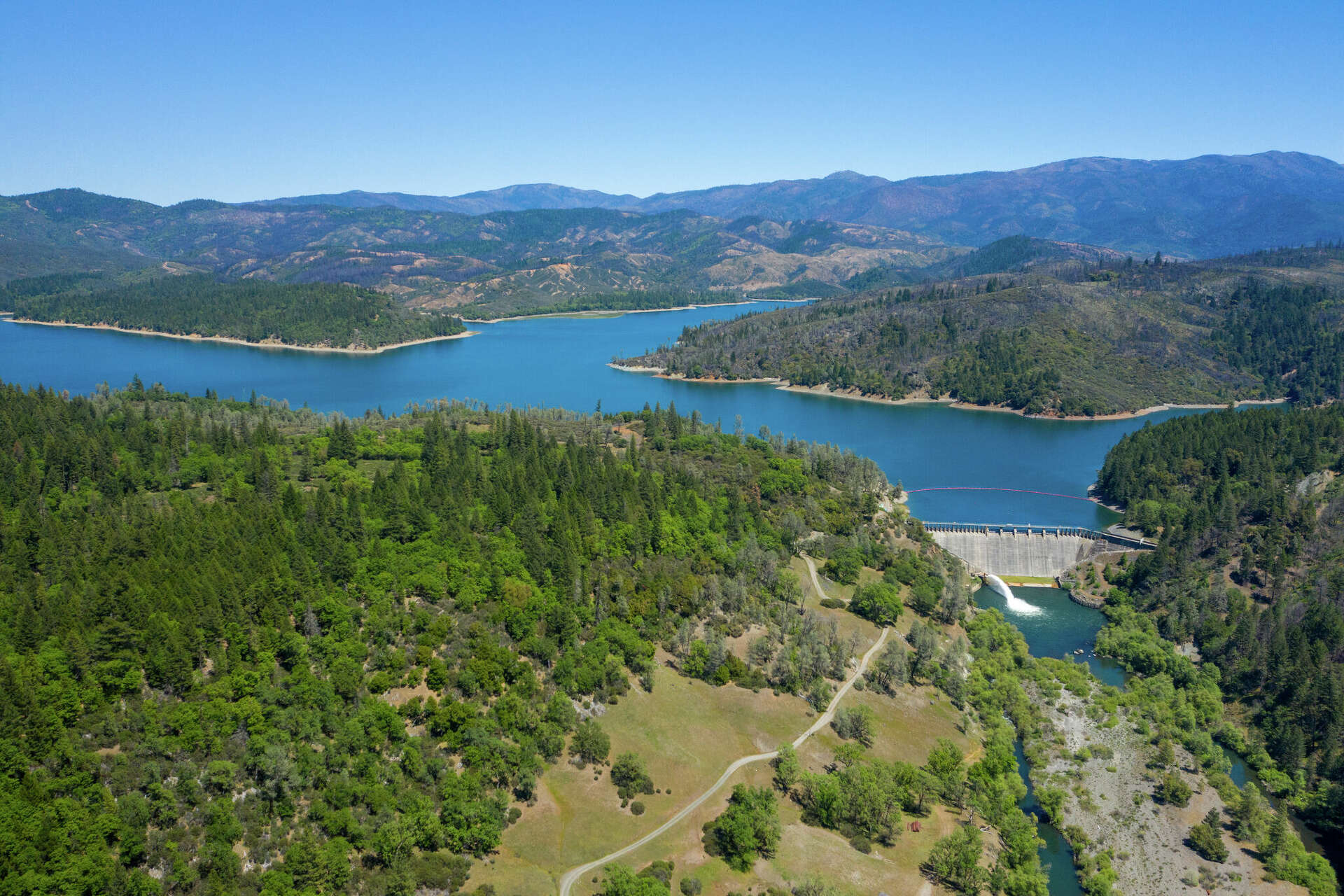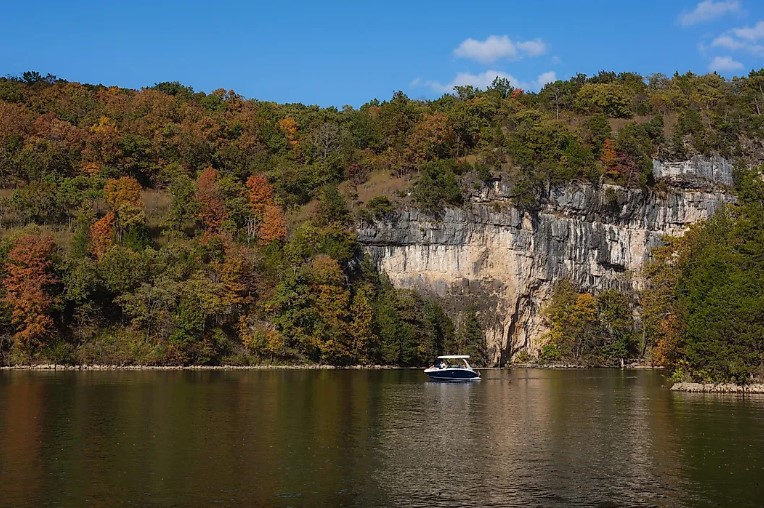When Wildfires Compromise California’s Drinking Water, Utilities Lean on This Professor’s Advice – KQED

Report on Water System Recovery and Resilience in Alignment with Sustainable Development Goals
Introduction: A New Framework for Water Security
A new Concept of Operations (CONOPS) plan has been developed to guide water utilities in testing and recovering distribution systems following disasters, such as wildfires. This initiative, funded by the Water Research Foundation and developed by Purdue University researchers, directly supports several United Nations Sustainable Development Goals (SDGs) by creating a resilient framework for water management in times of crisis.
- SDG 6 (Clean Water and Sanitation): The primary objective of the CONOPS plan is to ensure the rapid restoration of safe drinking water, addressing Target 6.1 on universal access to safe water.
- SDG 11 (Sustainable Cities and Communities): By providing a standardized disaster response protocol, the plan enhances the resilience of urban infrastructure against climate-related hazards, contributing to Target 11.5.
- SDG 17 (Partnerships for the Goals): The development involved collaboration between academia, a non-profit foundation, and water utilities, exemplifying the multi-stakeholder partnerships essential for achieving the SDGs.
The CONOPS Plan: Enhancing Disaster Response and Public Health
The CONOPS guide, published in 2024, provides a comprehensive, evidence-based roadmap for utility managers. It consolidates previously fragmented information into a single, vetted document that surpasses existing high-level guidance from agencies like the EPA.
Key Contributions to Sustainable Development
- Clarifying Roles and Responsibilities: The report outlines the specific duties of all involved parties, from utility staff to public health officials, ensuring a coordinated response that protects community health, a cornerstone of SDG 3 (Good Health and Well-being).
- Evidence-Based Decision Making: It equips utility managers with clear options and industry best practices for managing contamination events, reducing guesswork and minimizing public health risks from hazardous chemicals (Target 3.9).
- Building Local Capacity: A central goal is to train local engineers, operators, and leaders to manage crises independently, fostering self-sufficient and resilient communities as envisioned in SDG 11. The plan’s first field application occurred during the 2023 Maui wildfires.
Case Study: Post-Wildfire Contamination and Policy Gaps
The challenge of ensuring water safety is highlighted by post-wildfire contamination from Volatile Organic Compounds (VOCs). This issue directly impacts public health (SDG 3) and the provision of safe water (SDG 6).
Analysis of California’s Regulatory Framework
- Mandated Testing: In 2024, California law began requiring water utilities to test for benzene after significant wildfires. While a positive step, experts argue this approach is not sufficiently protective.
- Scientific Concerns: Research and field data, including from the Marshall Fire, show that other harmful VOCs can be present in water systems even when benzene is not detected. Relying solely on benzene as an indicator could lead to the distribution of unsafe water, undermining SDG 6.
- Risk Management Debate: State regulators defend the benzene-only approach as a practical balance of cost, time, and risk management. However, this perspective is challenged by findings that a broader panel of tests is necessary to fully protect public health.
Practical Application: The Los Angeles Department of Water and Power (LADWP)
Following wildfires in January, the LADWP utilized the CONOPS plan to inform its response, demonstrating a proactive commitment to water quality and public safety.
Actions and Outcomes
- Comprehensive Testing: The LADWP tested for a broad panel of VOCs, exceeding the state’s minimum requirement. This comprehensive approach aligns with the precautionary principles necessary to achieve SDG 3 and SDG 6. Results showed that in 11% of samples, other VOCs were detected without the presence of benzene.
- Informed Decontamination Strategy: The CONOPS plan provided critical guidance on how different pipe materials absorb and release chemicals. This knowledge allowed the LADWP to tailor its flushing and sampling procedures, such as implementing a 72-hour waiting period before sample collection, to ensure accurate results and effective decontamination.
- Building Resilient Infrastructure: By understanding the properties of its predominantly metal pipe system, the utility could better assess risks and prioritize actions, contributing to the long-term resilience and sustainability of its water infrastructure (SDG 9: Industry, Innovation, and Infrastructure).
Analysis of Sustainable Development Goals in the Article
1. Which SDGs are addressed or connected to the issues highlighted in the article?
The article addresses several Sustainable Development Goals (SDGs) by focusing on the challenges of maintaining safe drinking water after climate-related disasters like wildfires. The primary SDGs connected to the issues are:
- SDG 3: Good Health and Well-being: The core issue is the contamination of drinking water with hazardous chemicals like benzene and other Volatile Organic Compounds (VOCs), which poses a direct threat to human health.
- SDG 6: Clean Water and Sanitation: The article is fundamentally about ensuring the safety and accessibility of drinking water, a key component of this goal. It discusses water quality testing, system recovery, and management practices for water utilities.
- SDG 11: Sustainable Cities and Communities: The discussion revolves around making community infrastructure, specifically water systems, resilient to disasters. The CONOPS plan is a tool to help communities recover essential services after wildfires.
- SDG 13: Climate Action: The article addresses the consequences of climate-related disasters, as wildfires are the catalyst for the water contamination events discussed. The efforts described are a form of adaptation to the impacts of climate change.
- SDG 17: Partnerships for the Goals: The development and implementation of the CONOPS plan highlight collaboration between multiple stakeholders, including academia (Purdue researchers), non-profits (Water Research Foundation), and government/utility bodies (water utilities, state regulators).
2. What specific targets under those SDGs can be identified based on the article’s content?
Based on the article’s content, several specific SDG targets can be identified:
- Target 3.9: By 2030, substantially reduce the number of deaths and illnesses from hazardous chemicals and air, water and soil pollution and contamination.
- The article directly relates to this target by focusing on testing for and removing hazardous chemicals (benzene and other VOCs) from drinking water supplies after wildfires to prevent public illness.
- Target 6.1: By 2030, achieve universal and equitable access to safe and affordable drinking water for all.
- The efforts to test and recover water distribution systems, as detailed in the CONOPS plan, are aimed at restoring access to safe drinking water for communities affected by disasters.
- Target 6.3: By 2030, improve water quality by reducing pollution… and minimizing release of hazardous chemicals and materials.
- The article’s discussion on identifying VOC contamination, understanding how chemicals leach from plastic pipes, and implementing effective cleaning strategies directly addresses the improvement of water quality by managing hazardous chemical pollution.
- Target 11.5: By 2030, significantly reduce the number of deaths and the number of people affected… caused by disasters… with a focus on protecting the poor and people in vulnerable situations.
- The CONOPS plan is a disaster response tool designed to mitigate the health impacts of wildfires on communities by ensuring a faster, evidence-based recovery of essential water services.
- Target 13.1: Strengthen resilience and adaptive capacity to climate-related hazards and natural disasters in all countries.
- The entire initiative to create a guide for water system recovery after wildfires is an effort to build adaptive capacity and strengthen the resilience of community infrastructure against climate-related hazards.
- Target 17.17: Encourage and promote effective public, public-private and civil society partnerships…
- The article describes a partnership between Purdue researchers, the Water Research Foundation, and water utilities like LAWDP. This collaboration to create and use the CONOPS plan exemplifies a multi-stakeholder partnership to solve a complex problem.
3. Are there any indicators mentioned or implied in the article that can be used to measure progress towards the identified targets?
Yes, the article mentions or implies several indicators that can be used to measure progress:
- Indicator for Targets 3.9 and 6.3: Concentration of chemical contaminants in water.
- The article provides specific data points that serve as indicators of water quality. For example, it mentions that after the Marshall Fire, other VOCs were present without benzene in “about a quarter of the samples.” In Los Angeles, “VOCs were detected without benzene present about 11 percent of the time,” but “at levels far below the drinking water standard.” These measurements are direct indicators of water pollution.
- Indicator for Targets 11.5 and 13.1: Adoption of disaster risk reduction and recovery plans.
- The creation and use of the CONOPS plan is a key indicator. The article notes that the plan “got its first test run” in Maui and that the director at LAWDP “found himself returning to” the plan after the January wildfires. The existence of the 2024 California law requiring water utilities to test for benzene is another indicator of a formalized disaster response strategy.
- Indicator for Target 17.17: Number and type of organizations collaborating on water safety.
- The article implicitly points to this indicator by naming the various partners involved: the Water Research Foundation (non-profit), Purdue researchers (academia), water utility staff (local government/utility), public health officials, and state drinking water regulators. The collaboration between these entities is an indicator of a functioning partnership.
4. Summary Table of SDGs, Targets, and Indicators
| SDGs | Targets | Indicators Identified in the Article |
|---|---|---|
| SDG 3: Good Health and Well-being | 3.9: Substantially reduce illnesses from hazardous chemicals and water pollution. | Levels of specific contaminants (benzene and other VOCs) detected in water samples, measured against drinking water standards. |
| SDG 6: Clean Water and Sanitation | 6.1: Achieve access to safe drinking water for all. 6.3: Improve water quality by reducing pollution from hazardous chemicals. |
The percentage of water samples testing positive for contaminants; time taken to restore safe water service post-disaster; implementation of specific testing protocols (e.g., testing for a broad panel of VOCs, letting water sit for 72 hours before sampling). |
| SDG 11: Sustainable Cities and Communities | 11.5: Significantly reduce the number of people affected by disasters. | The existence and adoption of disaster recovery plans like the CONOPS guide by water utilities (e.g., in Maui and Los Angeles). |
| SDG 13: Climate Action | 13.1: Strengthen resilience and adaptive capacity to climate-related hazards. | Development and implementation of systematic procedures (CONOPS plan, California law) for responding to water system damage caused by wildfires. |
| SDG 17: Partnerships for the Goals | 17.17: Encourage and promote effective public, public-private and civil society partnerships. | The documented collaboration between Purdue University, the Water Research Foundation, and local water utilities to develop and share knowledge and best practices. |
Source: kqed.org

What is Your Reaction?
 Like
0
Like
0
 Dislike
0
Dislike
0
 Love
0
Love
0
 Funny
0
Funny
0
 Angry
0
Angry
0
 Sad
0
Sad
0
 Wow
0
Wow
0



















































.jpg.webp?itok=0ZsAnae9#)


























